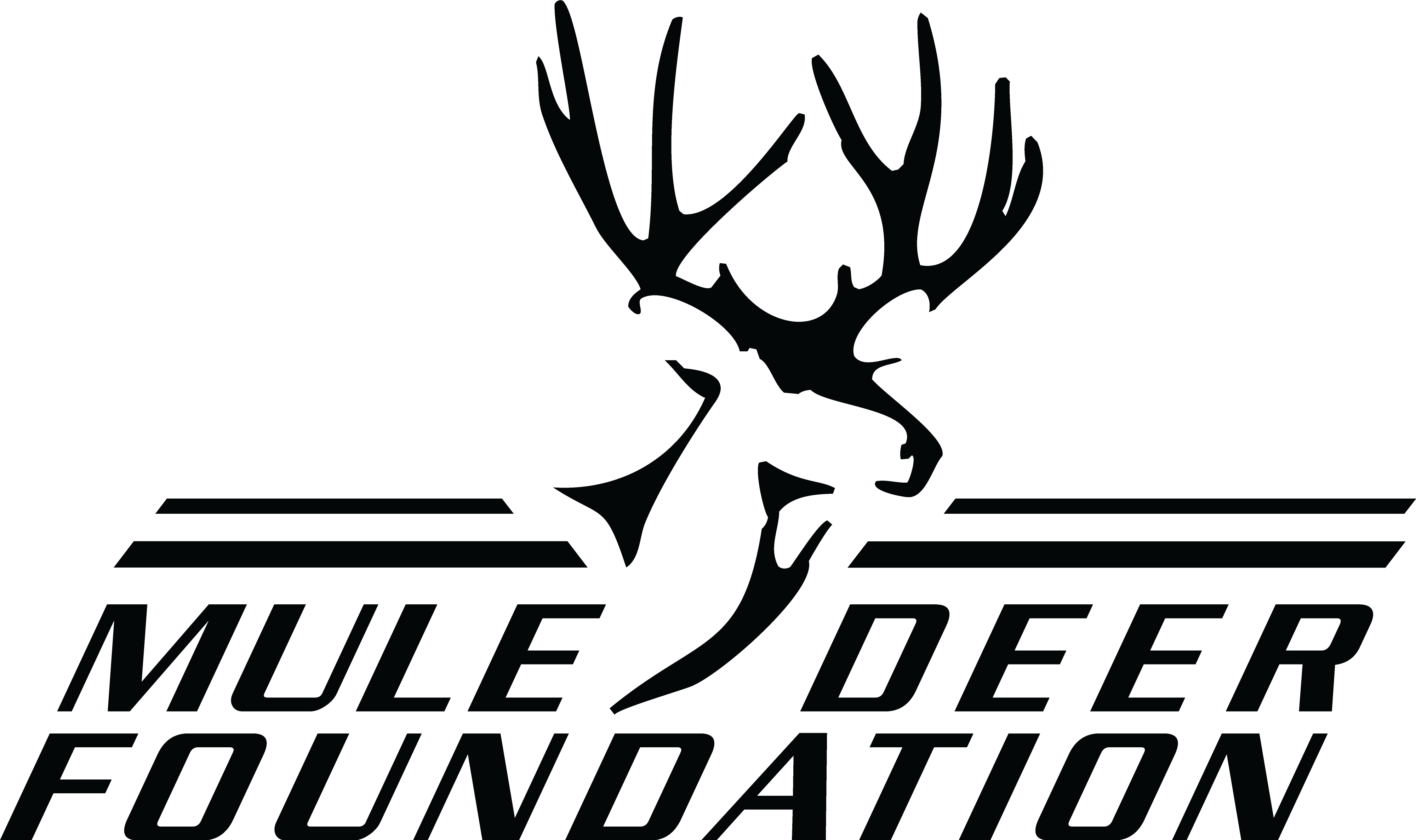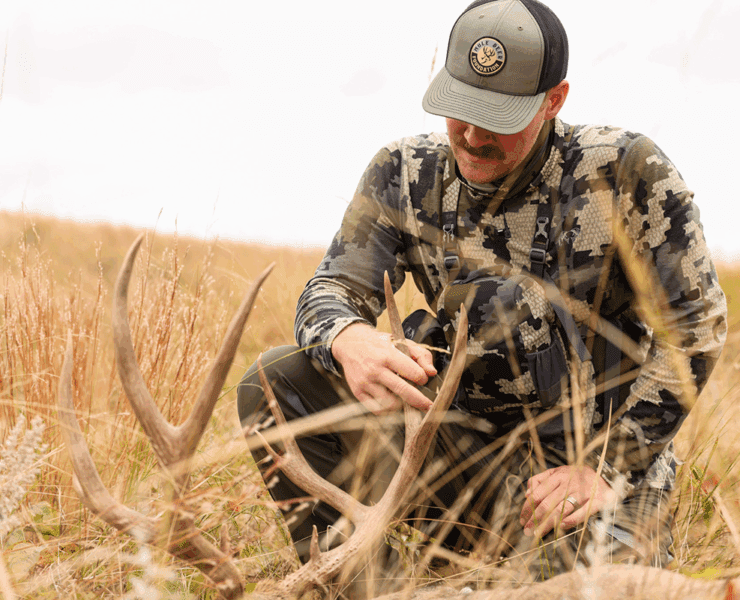Idaho
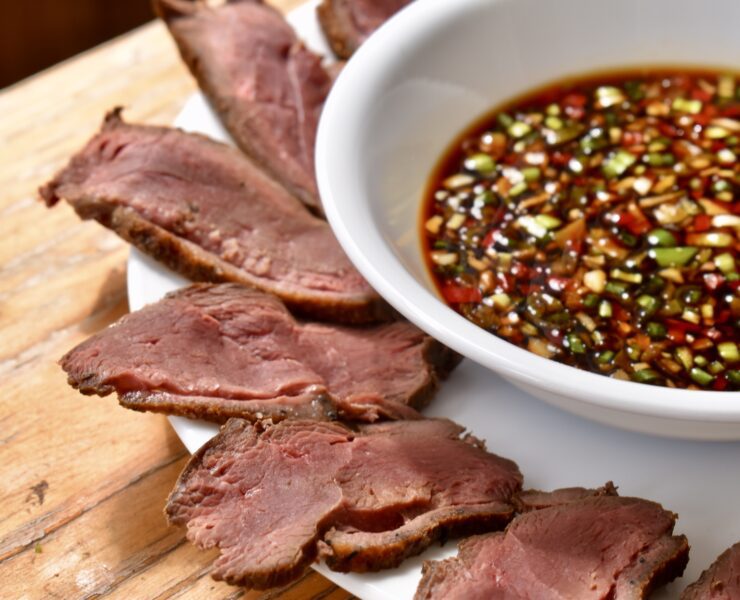
Ponzu is a Japanese sauce used for marinating, dipping, or adding some zip to certain dishes. It’s a soy-based sauce spiked with Japanese citrus (like yuzu, lemon, grapefruit, or kabosu) and evened out with mirin (a sweetened rice vinegar product) and dashi (an umami-rich stock made with dried seaweed and bonito flakes). It comes across as a light and loose soy sauce with a well-balanced flavor profile that provides salty, umami, sour, and sweet notes in even measure.
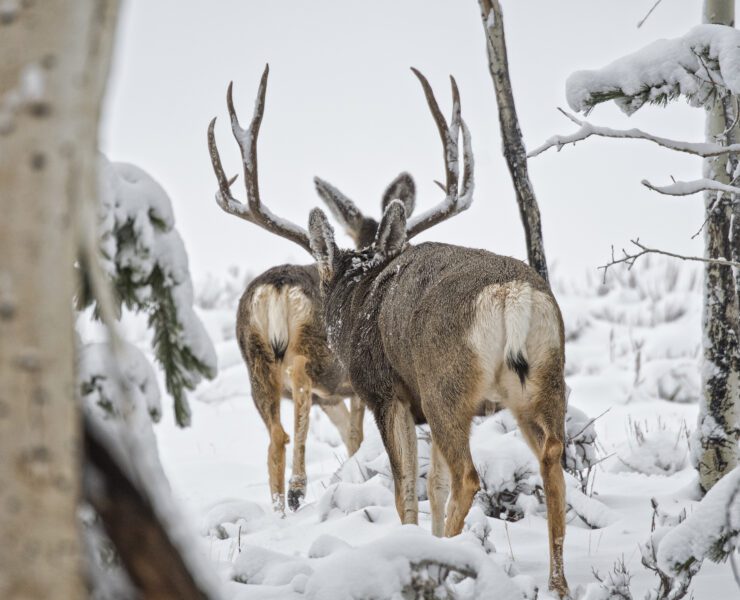
The winter of 2022–23 will be remembered across the West as one of the harshest in recent memory. In Wyoming, Idaho, and parts of northern Utah, relentless snow and bitter cold combined to create a perfect storm of survival challenges for mule deer. Tens of thousands of deer perished, including entire fawn crops and mature bucks that entered the season in good shape but simply couldn’t endure months of deep snow and subzero temperatures.
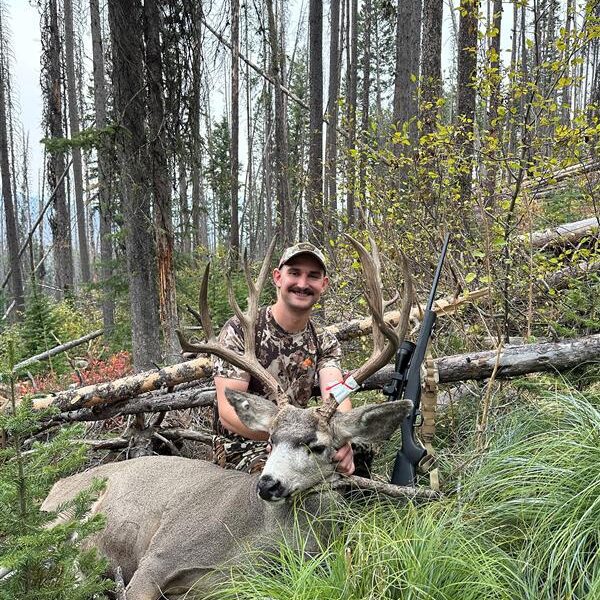
There’s a special kind of pride in tagging a mule deer on your own. No guide, no outfitter, just a hunter and the grit to get it done. Across the West, do-it-yourself (DIY) mule deer hunting has become a defining experience for many who want to earn their success the hard way. Public land offers the opportunity; preparation and perseverance provide the result.
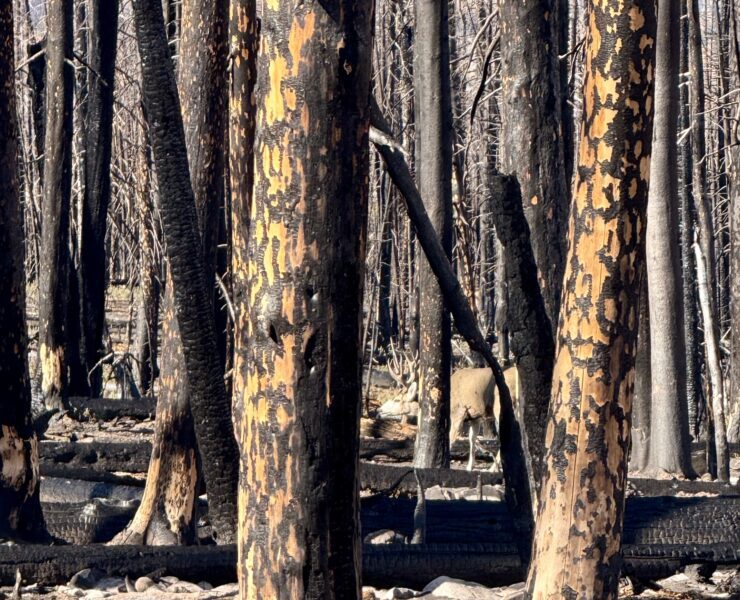
Whether you are hunting early or late season burn areas are a great place to notch your tag this season. Wildfire is one of the West’s most powerful forces. Fires are destructive, unpredictable, and often misunderstood. To the untrained eye, a burn scar looks like devastation. But to a mule deer, it can look like opportunity. In the years after a wildfire, the landscape transforms into a mosaic of nutrient-rich regrowth, young shrubs, and open feeding grounds, all prime habitat for mule deer recovery and herd growth.
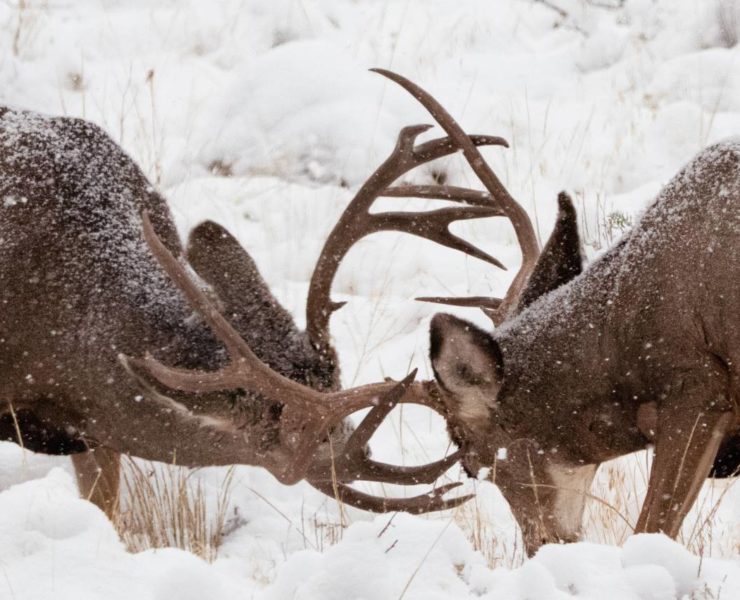
Even though the rut offers a window of opportunity, success still depends on preparation. Start by identifying traditional migration corridors and winter range. In Colorado’s high country or Wyoming’s Red Desert, focus on terrain funnels: saddles, benches, and draws that connect summer and winter habitats. In Utah and Montana, glass south-facing slopes and lower ridges where deer often pause on their way down.
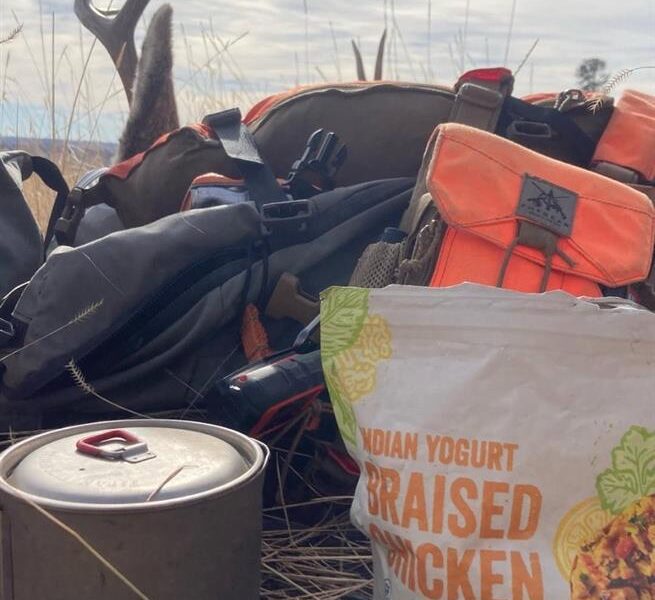
You’ve put in the miles, glassed countless ridges, and finally notched your tag on a backcountry mule deer. Now comes the real work: getting your deer out of the field and back to camp or the truck without wasting meat or injuring yourself. For many hunters, especially those in remote or rugged mule deer country, knowing how to properly quarter and pack out an animal is as critical a skill as shooting straight.
Here’s a step-by-step guide you can follow when the moment of truth arrives.
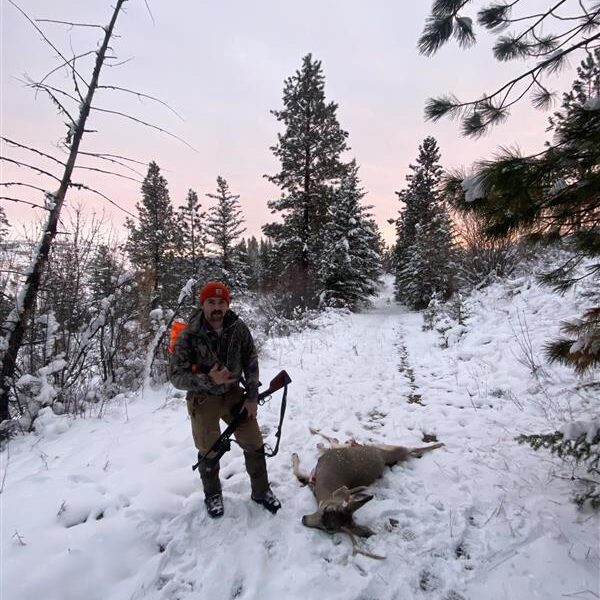
Hunting in the backcountry offers an unparalleled sense of adventure. There’s nothing like the challenge of reaching remote mule deer country under your own power, where success depends on preparation, skill, and self-reliance. But venturing into the backcountry also brings a level of complexity that you won’t encounter at a truck or base camp hunt. Packing the right gear and knowing how to use it can be the difference between a successful hunt and a frustrating, uncomfortable experience.
The Mule Deer Foundation has compiled a comprehensive guide to backcountry packing, combining essential gear, apparel, and trusted brands to help hunters prepare for their next tag pursuit.
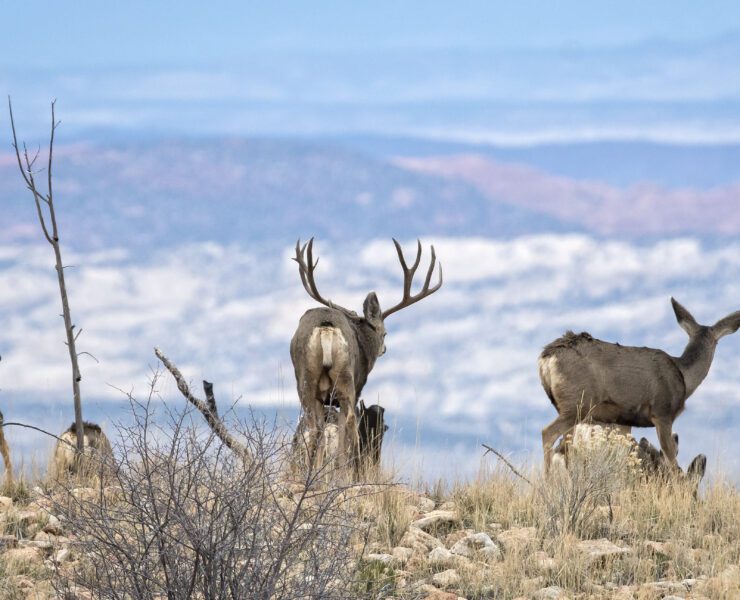
When hunting mule deer, understanding and interpreting the signs they leave behind is one of the most valuable skills you can develop. Tracks, beds, and rubs are clues that tell you not just where deer have been, but also their habits, travel patterns, and even what kind of deer you might encounter. Developing the ability to read sign effectively can turn an ordinary hunt into a successful one.

Wildfires are an inevitable part of the western landscape, shaping ecosystems and influencing wildlife behavior. For mule deer hunters, understanding how burn areas and regrowth stages affect deer movement and feeding patterns can make the difference between a successful hunt and a long, fruitless trek.
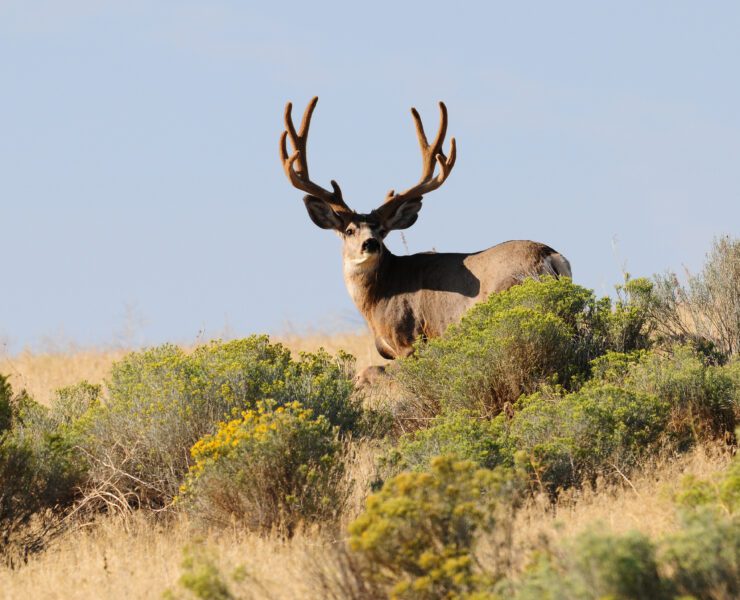
There’s something about standing on a ridgeline in the last light of day, glassing the folds of the country below, knowing that somewhere out there is a buck working his way down through age-old routes etched into the land by instinct and survival. The path he follows is most likely centuries old, passed down through the generations of mule deer. The route he is following is what is known as a migration corridor, and these corridors are more than just travel paths. They’re lifelines. And they’re disappearing at an alarming rate.


